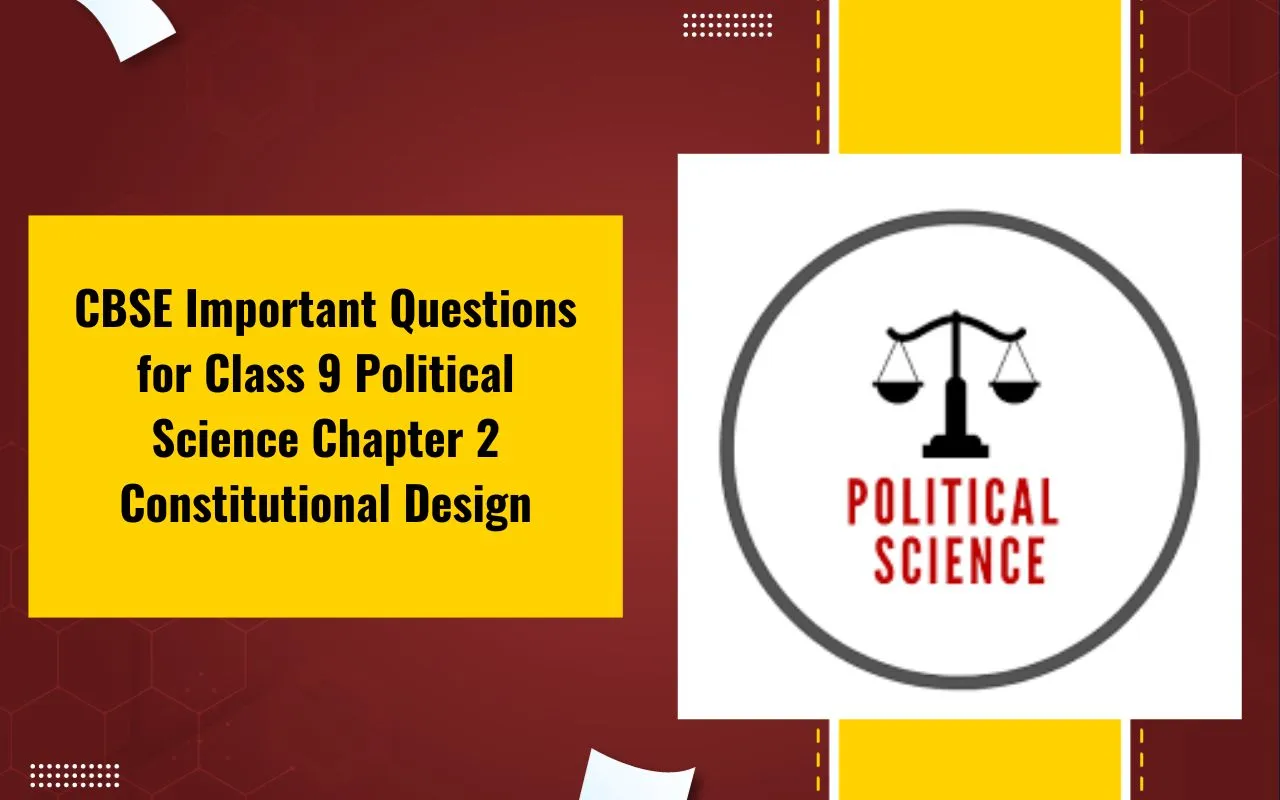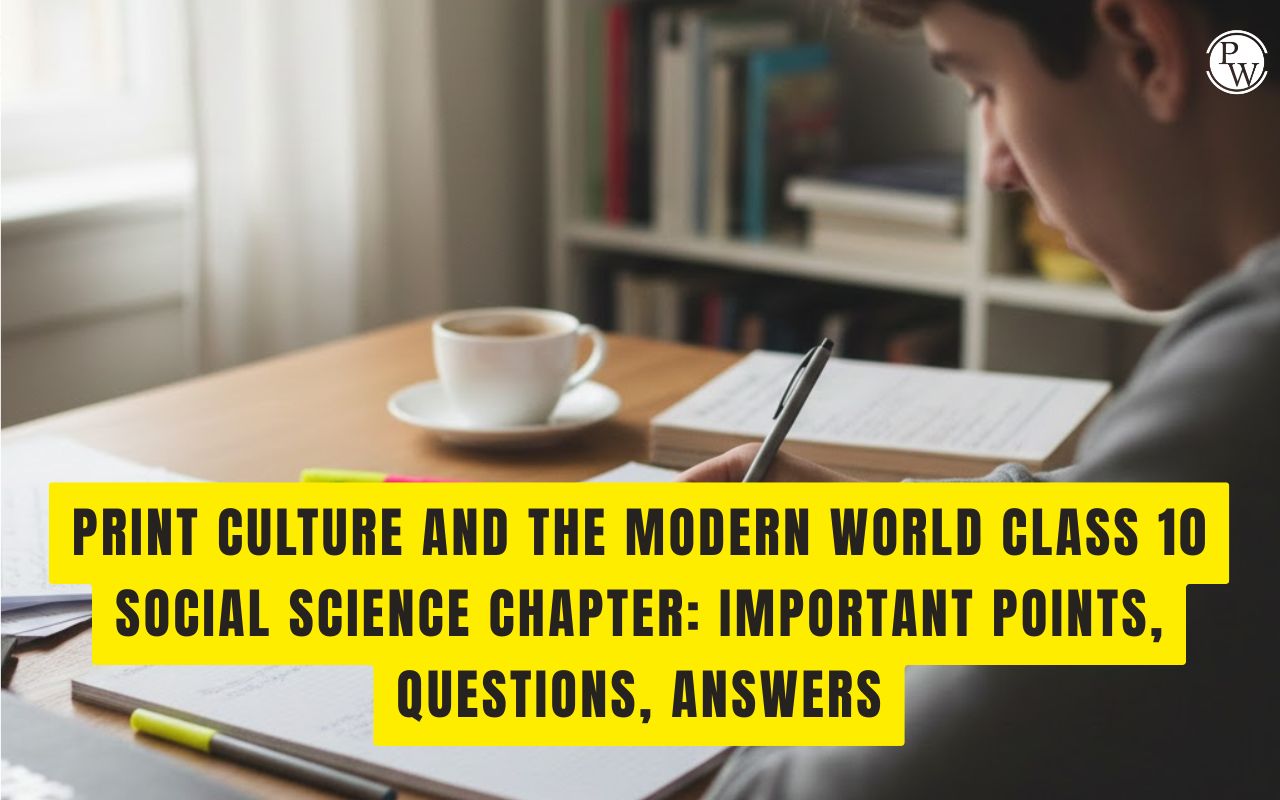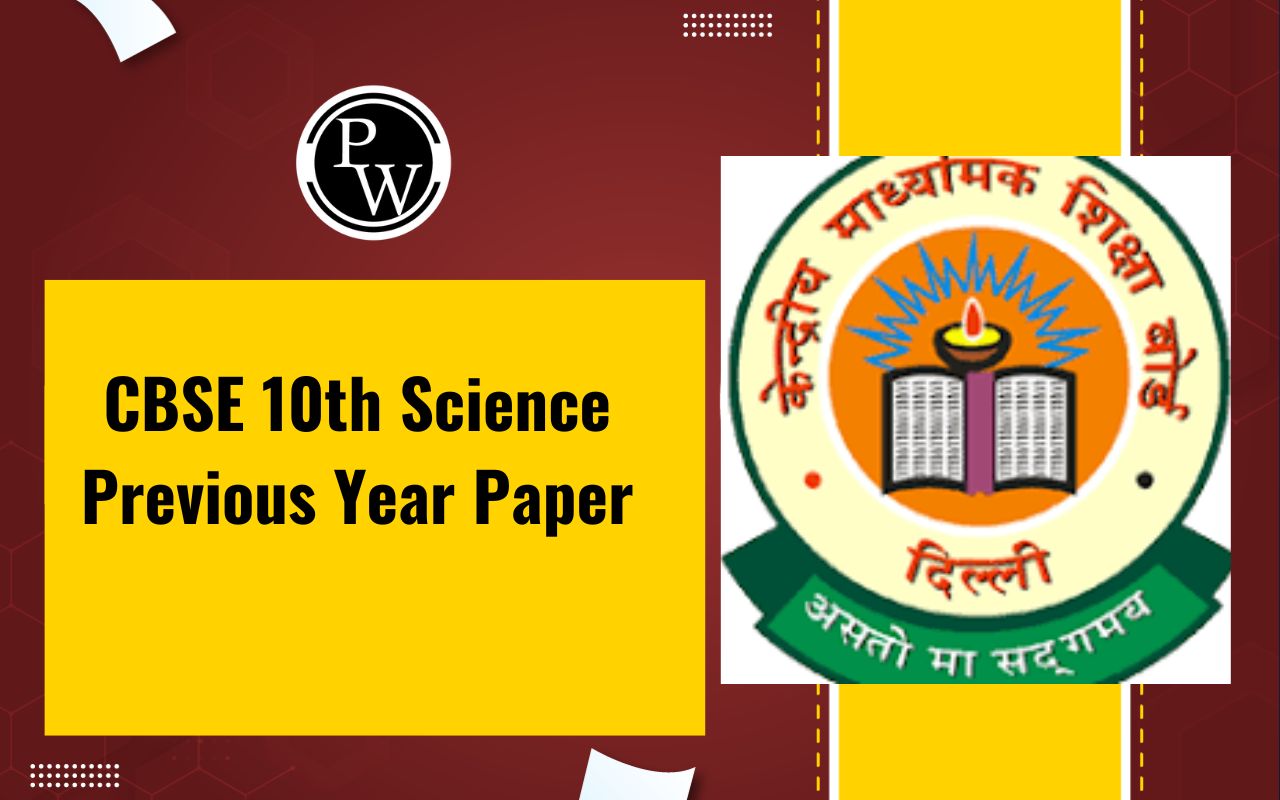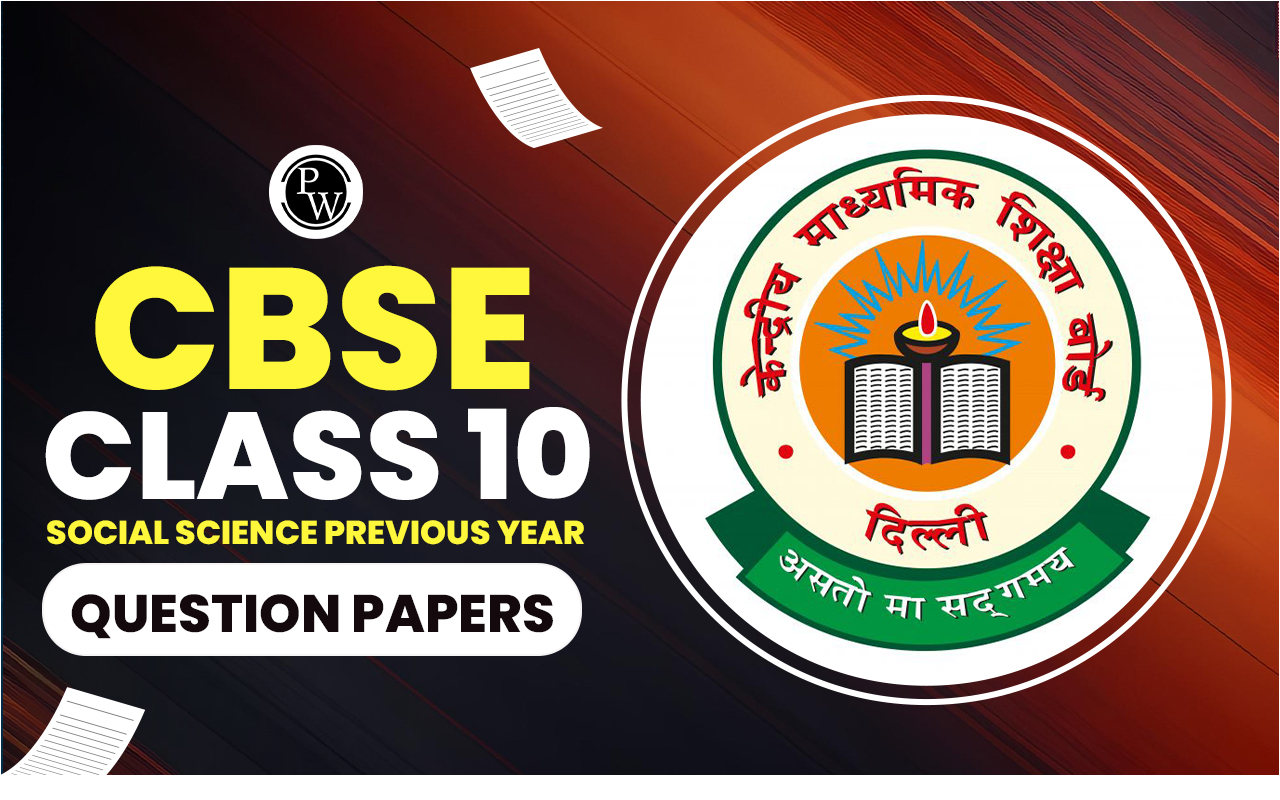

The area of physics known as optics is concerned with the investigation of light and its interactions with matter. It encompasses the behaviour of light, its propagation, reflection, refraction, diffraction, polarization, and the formation of images by lenses and mirrors. Optics has both theoretical and practical applications, playing a crucial role in fields such as physics, engineering, astronomy, biology, and technology.
What is Optics?
The area of physics known as optics is concerned with the behavior, characteristics, and interactions of light. It encompasses the study of how light is generated, how it travels through different media, how it interacts with matter, and how it forms images. Our understanding of how light behaves and how it might be employed in numerous practical applications is fundamentally influenced by optics.Also Check - Magnetism Formula
Some Important Formulas
Optics encompasses a wide range of phenomena and concepts, each with its own set of formulas and equations. Here are some fundamental formulas and equations commonly used in optics: 1 Snell's Law (Refraction): n 1 sinθ 1 = n 2 sin 2 Where:- n 1 and n 2 are the refractive indices of the two media.
- θ 1 is the angle of incidence.
- θ 2 is the angle of refra ction.
- f is the focal length of the lens.
- n is the refractive index of the lens material.
- R 1 and R 2 are the radii of curvature of the lens surfaces.
- M is the magnification.
- h' is the image height.
- h is the object height.
- v is the image distance from the lens or mirror.
- u is the object distance from the lens or mirror.
- n is the refractive index.
- c is the speed of light in a vacuum (3 10 8 m/s).
- v is the speed of light in the medium.
- d is the distance between the slits.
- θ is the angle of the mth-order fringe.
- m is the order of the fringe.
- λ is the wavelength of light.
- a is the width of the slit.
- θ is the angle of the mth-order diffraction minimum.
- m is the order of the minimum.
- λ is the wavelength of light.
- f is the focal length of the mirror.
- v is the image distance from the mirror.
- u is the object distance from the mirror.
- θ incident is the angle of incidence.
- θ reflection is the angle of reflection.
Also Check - Nuclear Physics Formula
Light and Its Optical Properties
Light is a form of electromagnetic radiation that is visible to the human eye. It plays a fundamental role in our understanding of the universe and has a wide range of optical properties that govern its behaviour and interactions with matter. Here are some key optical properties of light:- Speed of Light: The speed of light ( c ) in a vacuum is approximately 3× 10 8 meters per second (m/s). It is a constant and is the maximum speed at which information or energy can be transmitted through space.
- Reflection: When light strikes a surface, it bounces back, which is known as reflection. According to the law of reflection, the angle of incidence and the angle of reflection are equal.
- Refraction: Refraction is the bending of light as it travels through two different optically dense mediums. The angle of incidence and the refractive indices of the media involved determine how much bending occurs.
- Dispersion: Dispersion is the separation of light into its component colours (spectrum) due to differences in refractive indices for different wavelengths. This is the phenomenon responsible for rainbows and the colours in a prism.
- Diffraction: The bending and spreading of light waves as they come into contact with objects or squeeze through small gaps is known as diffraction. It leads to characteristic patterns of light and dark regions.
- Polarization: The direction in which light wave oscillations are oriented is known as polarization. Polarization filters can selectively block light waves oriented in specific directions.
- Total Internal Reflection: Total internal reflection happens when the angle of incidence is greater than the critical angle and the light is moving from a medium having a higher refractive index to one with a lower refractive index. This phenomenon is utilised in fiber optics.
Categorization of the Optics
Optics can be categorised into several subfields based on the specific aspects of light and its interactions that they focus on. Here are some major categories of optics: Geometric Optics: A subfield of optics called geometric optics, commonly referred to as ray optics, studies how light behaves as rays. It studies the formation of images using mirrors and lenses, the principles of reflection and refraction, and the characteristics of optical systems. Geometric optics simplifies light as straight-line rays, neglecting the wave nature of light. Physical Optics (Wave Optics): Physical optics explores the wave nature of light. It deals with phenomena like interference, diffraction, and polarization. It describes light as an electromagnetic wave and explains how light interacts with obstacles, slits, gratings, and other optical elements. Quantum Optics: Quantum optics is concerned with the interaction of light and matter at the quantum level. It explores topics such as the interaction of single photons with atoms and the generation of non-classical states of light, such as entangled photons. Fiber Optics: Fiber optics is a specialised area that focuses on the transmission of light through optical fibers for communication and data transmission. It involves the study of light propagation, dispersion, and total internal reflection within optical fibers. These categorizations highlight the diverse and multifaceted nature of optics, encompassing both fundamental principles and practical applications in various scientific, technological, and engineering domains.Also Check - Ray Optics Formula
Geometrical Optics
Geometric optics, also known as ray optics, is a branch of optics that deals with the behaviour of light as rays. It focuses on the study of light propagation, reflection, and refraction, while simplifying the complex wave nature of light. Geometric optics uses the concept of light rays to describe how light interacts with surfaces, lenses, mirrors, and other optical elements.Principles of Geometrical Optics
- Spherical Mirror: Spherical mirrors are essential components used to study the behaviour of light rays as they interact with curved reflective surfaces. Spherical mirrors are categorised into two types: concave mirrors and convex mirrors. Geometrical optics provides a simplified model to understand how light rays are reflected and refracted, ignoring the wave nature of light and focusing solely on ray propagation.
- Refraction of Light: Refraction of light is a fundamental concept in geometrical optics that describes how light rays change direction as they pass through different mediums, such as air, water, or glass. The light ray bends at the interface between the two mediums as a result of the change in speed that occurs when light passes through one medium and enters another.
- Principle of Reversibility of Light Rays : The reversibility principle, also referred to as the reversibility of light rays, holds that a light ray always travels along the same route, regardless of the direction it is travelling in. In other words, the behaviour of light rays is the same whether they are travelling forward or backward along their path. This principle is a fundamental concept in optics and is based on the symmetrical nature of light propagation.
- Apparent Depth and shift of Submerged Object : Apparent Depth and the Shift of a Submerged Object are two concepts related to the behaviour of light when it passes through different mediums, such as air and water. These phenomena are a result of the refraction of light and are important in understanding how objects appear when submerged in a different medium.
- Dispersion of light : Dispersion of light refers to the phenomenon where different colours (wavelengths) of light separate or spread out when passing through a medium, typically a transparent material like glass or water. This separation occurs because the refractive index of a medium varies with the wavelength of light. As a result, different colours experience different amounts of refraction, causing them to diverge and form a spectrum. The refractive index of a medium depends slightly on wavelength also. Cauchy's formula provides this refractive index with wavelength change.
Applications of Optics
Optics, the branch of physics that deals with the behaviour of light and its interactions with matter, has a wide range of applications across various fields. Here are some important applications of optics:- Microscopy:
- Fiber Optics and Telecommunications:
- Laser Technology:
- Holography:
- Optical Sensors and Detectors:
- Optical Metrology:
Optics Formulas FAQs
What is optics?
The area of physics known as optics is concerned with how light behaves and how it interacts with materials. It encompasses the study of reflection, refraction, diffraction, polarization, dispersion, and various optical phenomena.
What is refraction?
Refraction is the bending of light as it travels through different media as a result of a variation in its speed. Snell's Law governs this phenomenon.
What is total internal reflection (TIR)?
When light rays travelling through a denser material strike the surface of a less dense medium at an angle greater than the critical angle, total internal reflection results. The light entirely reflects back into the denser medium rather than diffracting into the less dense one.
What causes dispersion of light?
Dispersion of light occurs because the refractive index of a material changes with the wavelength of light. Different colours (wavelengths) of light experience different amounts of refraction, leading to the separation of colours.
🔥 Trending Blogs
Talk to a counsellorHave doubts? Our support team will be happy to assist you!

Check out these Related Articles
Free Learning Resources
PW Books
Notes (Class 10-12)
PW Study Materials
Notes (Class 6-9)
Ncert Solutions
Govt Exams
Class 6th to 12th Online Courses
Govt Job Exams Courses
UPSC Coaching
Defence Exam Coaching
Gate Exam Coaching
Other Exams
Know about Physics Wallah
Physics Wallah is an Indian edtech platform that provides accessible & comprehensive learning experiences to students from Class 6th to postgraduate level. We also provide extensive NCERT solutions, sample paper, NEET, JEE Mains, BITSAT previous year papers & more such resources to students. Physics Wallah also caters to over 3.5 million registered students and over 78 lakh+ Youtube subscribers with 4.8 rating on its app.
We Stand Out because
We provide students with intensive courses with India’s qualified & experienced faculties & mentors. PW strives to make the learning experience comprehensive and accessible for students of all sections of society. We believe in empowering every single student who couldn't dream of a good career in engineering and medical field earlier.
Our Key Focus Areas
Physics Wallah's main focus is to make the learning experience as economical as possible for all students. With our affordable courses like Lakshya, Udaan and Arjuna and many others, we have been able to provide a platform for lakhs of aspirants. From providing Chemistry, Maths, Physics formula to giving e-books of eminent authors like RD Sharma, RS Aggarwal and Lakhmir Singh, PW focuses on every single student's need for preparation.
What Makes Us Different
Physics Wallah strives to develop a comprehensive pedagogical structure for students, where they get a state-of-the-art learning experience with study material and resources. Apart from catering students preparing for JEE Mains and NEET, PW also provides study material for each state board like Uttar Pradesh, Bihar, and others
Copyright © 2025 Physicswallah Limited All rights reserved.
Get App











